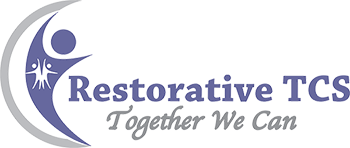Three Practical Ways of Leading Restoratively in Schools
Leading restoratively in schools refers to all the things we do to lead, guide and partner with our community (staff, students, parents, and community partners) to create the culture needed for every student to succeed socially and academically. Restorative leaders master the art of holding ourselves and others to a high level of accountability while…
Read article




